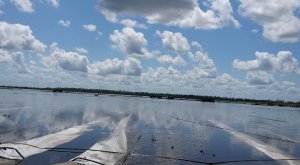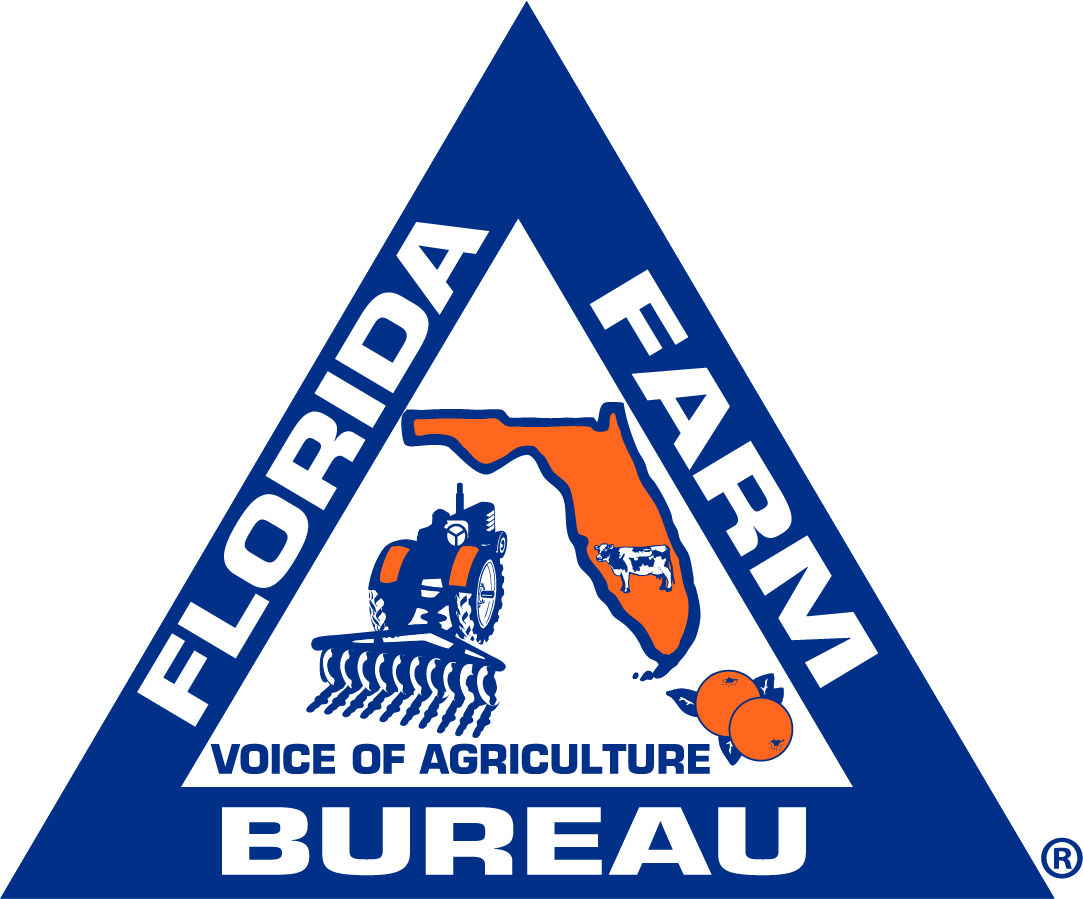September 13, 2017

The resiliency of Florida’s farmers and ranchers is on full display in the aftermath of Hurricane Irma. They are working to restore food and fiber production for this state and the nation, despite the widespread destruction of crops, buildings, fencing and other property lost to wind and water damage.
Like many other Floridians, farm families are contending with significant failures in the electric power grid. Many face weeks of rebuilding and replanting before full operations can resume.
The entire peninsula suffered major damage. The most severe overall destruction occurred in Southwest Florida. Early estimates indicate that in some areas of the primary citrus belt at least 60 percent of green fruit was knocked off the trees, raising the likelihood that the 2017-2018 crop will be much smaller than expected. Those farmers who had already planted fall vegetables, including tomatoes, report a near-total loss.
Agriculturists throughout the region and elsewhere face the general task of either repairing or restoring irrigation systems, machinery and other equipment.
Scattered assessments among ornamental plant growers indicate that many greenhouses and shade covers were are either partially standing or unusable. Some nursery owners have less than 50 percent of their plants in marketable condition.
In Hendry and Glades counties, observers have found hundreds of sugarcane plants submerged in water, buried in sediment or blown away. Palm Beach County sugarcane appears to be shredded, but farmers there say that new growth is possible and along with it, a partial harvest.
Standing water is a challenge for agricultural producers throughout the entire peninsula. Flooding has blocked access to fields and groves and limited access to beef cattle in pastures marooned by the storm. In east Florida’s Brevard County, for example, an estimated 50,000 acres of ranchland is under water, likely imposing a weight loss in calves shipped for processing.
As far north as Putnam County, west of St. Augustine, vegetable growers cannot enter fields because there is no access. Blueberry producers from south-central Florida north to Gainesville are struggling with acreage that has turned into lakes or muddy bogs.
Official economic loss totals will be available soon. Informal estimates suggest that the total agricultural cost of the storm will be in the billions. In south Florida’s Okeechobee County, for example, an informal evaluation places the local loss at a minimum of $16 million.
Florida Farm Bureau President John L. Hoblick expressed his grateful appreciation to farm families for their ability to survive a catastrophic hurricane and continue with their livelihoods. “Our farmers and ranchers show their true strength under the pressures of adversity,” Hoblick said. “I ask all Floridians to join me in applauding their dedication, hard work and willingness to work through very difficult circumstances so that they can continue operations that support us all.”
Hoblick called upon federal officials to provide emergency assistance to achieve full recovery.
“A farm disaster of this magnitude requires exceptional action,” Hoblick said. “Farm families need our help. I urge the Congress and the Administration to endorse immediate financial support for Florida agriculture. We appreciate all aid that you can provide during this crisis.”
Twenty-five members of Florida’s Congressional delegation have already asked Congressional leaders to appropriate adequate funding for this purpose. In a Sept. 12 letter the lawmakers wrote that “the destruction caused by Hurricane Irma throughout Florida means that Congress must again act swiftly to ensure the availability of additional funding needed for recovery efforts.”

